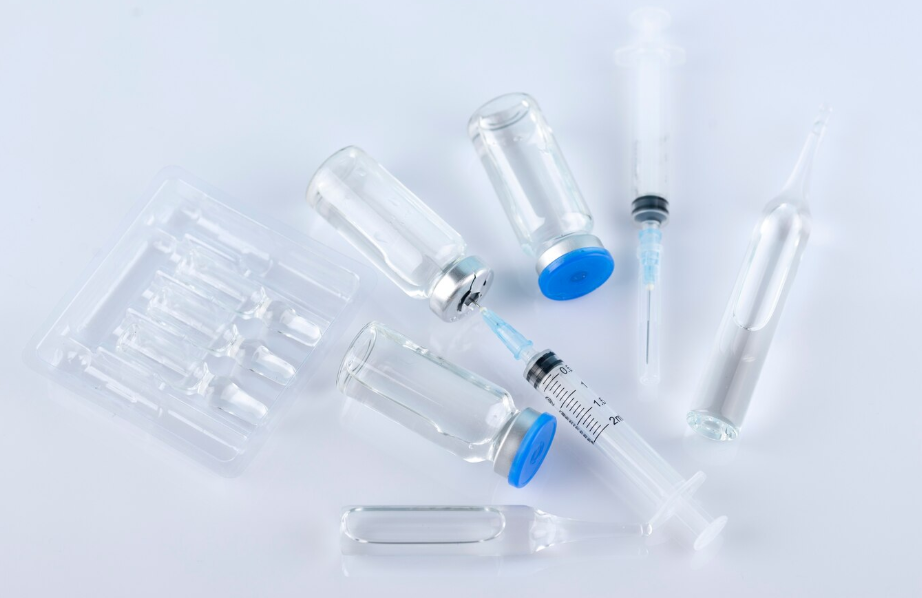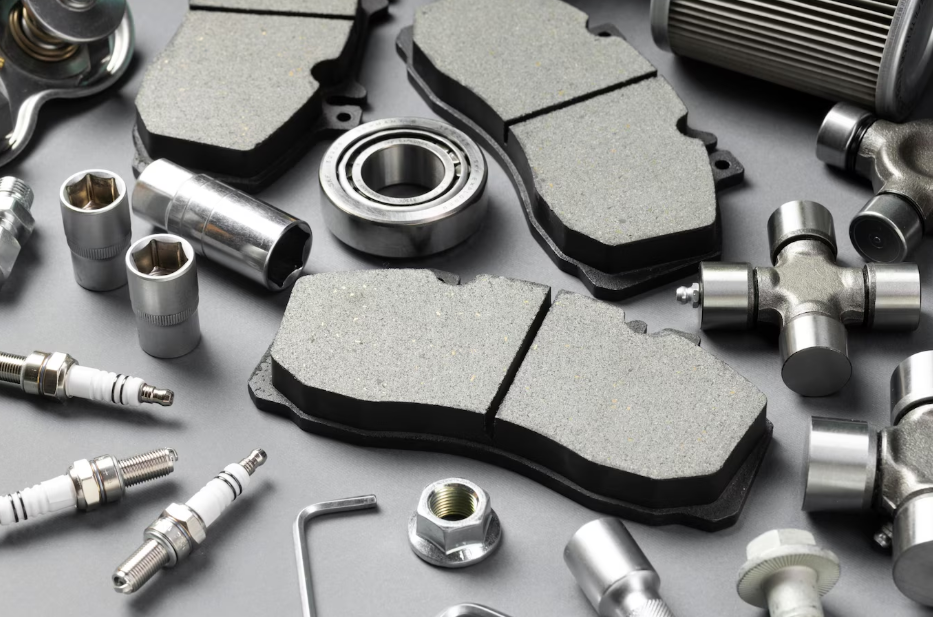The logistics behind every single manufacturing project can be an enormous headache if we don’t take the proper time to plan for each step. As it happens, one of the most critical moments in a production cycle is the cooling of the machine and the molds used on it. Cooling takes a lot of time in the production cycle. It makes sense to put a little effort into optimizing the impacts it has on the overall production rate. It is important to remember those cooling systems are necessary to reduce any wear and tear on a plastic injection mold.
Cooling is a process that happens in the middle part of a production cycle. It happens right after the molten plastic injection and just before the ejection of the finished piece. The main objective of the cooling phase is to bring down the temperature of the plastic from 260°C to a more manageable 60º C when the material is fed on the mold. This is supposed to prevent the resins from melting too quickly. It also helps to keep a balanced quality of hydraulic fluid in case of overheating while avoiding excessive viscosity to keep the machine running as silk.
For most modern plastic injection molding machines, the cooling systems are air-powered, with a few still working with the water-based system. Both systems can be centralized, portable, or customized to the requirements of the plant. The following is a brief list of details on each one:
Table of Contents
ToggleThe Upgraded Option – Air Cooling Systems
Air-powered cooling systems require evaporators to take away the heat from the injection system. After that, air-cooling condensers are used to disperse the heat from the evaporator. The air cooling system works as an intake air fan that directs fresh air to the mold. It also has an exhaust fan to drive away hot air from the mold. Most air cooling systems usually transfer the heat from a running waterline on an injection molding machine to the air surrounding said lines with a cooler. This cooled air consumes over 10% more electricity because air doesn’t conduct heat the way water does.
If you choose to work with an air-powered cooler system, you will be discharging warm air on your plant. The best way to avoid this is to place an air-cooled chiller right outside of the building, preferably in an area that doesn’t have an air conditioner. The increased airflow created by air cooling systems also generates increased amounts of dust, so they also require regular maintenance to keep their high-level performance. Space-wise air cooling chillers can take half the space that any water system needs, but they always should be placed on flat floors.
The Old Fashioned – Water Cooling Systems
These cooling systems are also named “Thermolators,” they operate by pumping cold water through a line that goes right outside the mold cavity and through the gates of the mold. The waterlines are closer to the surface of the molded product to secure an even distribution of the water and avoid warping. The water that goes through the cooling lines is usually treated with chemicals to prevent bacterial growth or contamination of the lines.
Water cooler systems also have two types of water flow. They are known as laminar weave and turbulent weave. The terms are a direct reference on the way water travel with each system. Laminar flow is a straight shot of liquid through the line that keeps the water-centered and prevents contact with the inside surface of the line. Turbulent flow works better to cool off finished parts because it covers more surface space when the water touches the heated mold cavity. The main issue with this cooling system is that it leaves condensation outside of the mold. If the temperature of the room is not regulated, this will cause the mold to malfunction.
The Big Question – Which of These Systems is More Cost Efficient?
There is a common misconception about air cooling systems being cheaper as an initial investment. As we have already pointed out, air cooling systems increases the expenses of any manufacturing operation, and to some extent, it demands to modify existing spaces. The fact that it requires maintenance so frequently should offer a hint. On the other hand, water cooling systems don’t run exclusively on water alone. You will need to make additional expenses on chemicals to treat the water with each production cycle. There is also the fact that water-based systems are riskier for the parts. You will require two different systems in place to achieve the same results offered by a single air-powered system.
Based on These facts – Which One is the Best?
This is a hard call because the final decision should be solely based on the circumstances of the plant using the technology. Plastic injection mold projects benefit a lot from water systems because they do a better job at transferring the heat. Air-powered systems are not as reliable, but they are certainly environmentally friendly. We guess that the final answer to this question is all up to you and the financial health of your manufacturing operation.







